Apple TV's series "Pachinko" is a thoughtful, tender drama that explores one family's incredible story through multiple generations. The series is an adaptation of the bestselling novel of the same name by Min Jin Lee. At the centre of "Pachinko" is lead character Sunja (played by Minha Kim and Youn Yuh-jung [1]), a Korean woman who has endured many struggles in her lifetime, from getting pregnant as a teenager to immigrating to Japan to give her children a better life.
Like most book-to-screen adaptations, "Pachinko" differs from its text counterpart in a handful of ways, including the timeline of events and the absence of main characters. If you love "Pachinko" on Apple TV but are curious about how well the series resembles the book it's based on, here are the main differences between the two.
The Language in the "Pachinko" TV Show vs. Book
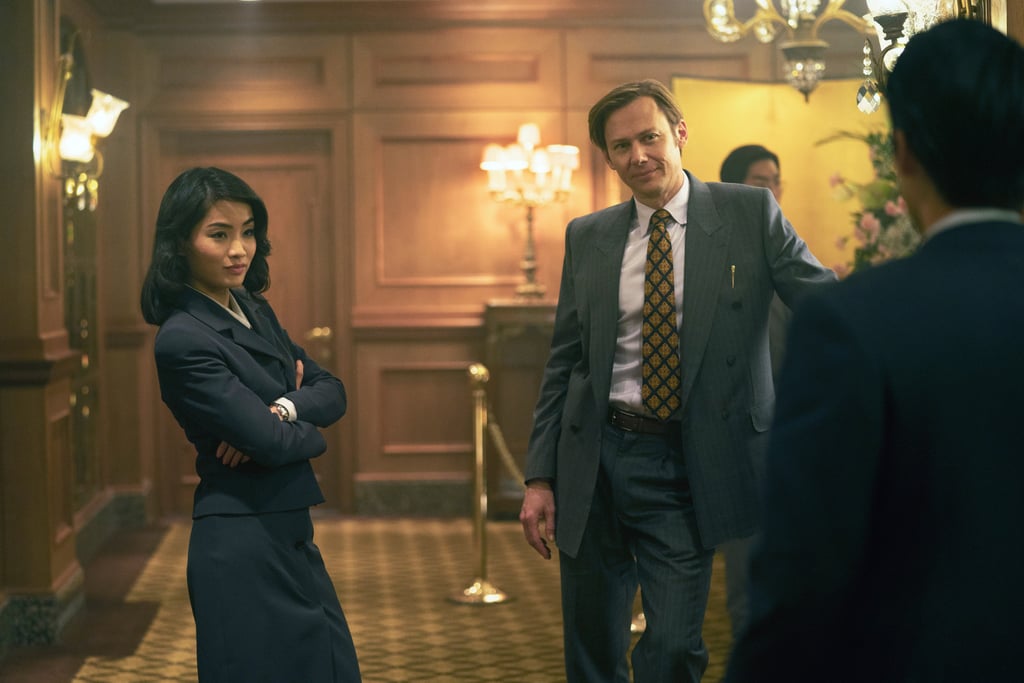
Despite "Pachinko" taking place in Korea and Japan, the original text of the book is written in English. The series, however, is told in three different languages — Korean, Japanese, and English — to add authenticity to the story and its characters. For viewers who are unfamiliar with the main languages spoken in the series, there are colour-coded subtitles (yellow for Korean and blue for Japanese) to help differentiate between both languages.
Showrunner Soo Hugh spoke to Forbes [2] about the significance of language change. "I can't imagine why you would want to do a show like this all in English," Hugh said. "You lose so much of the nuance of what it means to code switch between two cultures, the two worlds. You can't get any of it. Even within the languages there's subtle nuances."
The Chronology of the Storytelling in the "Pachinko" TV Show vs. Book
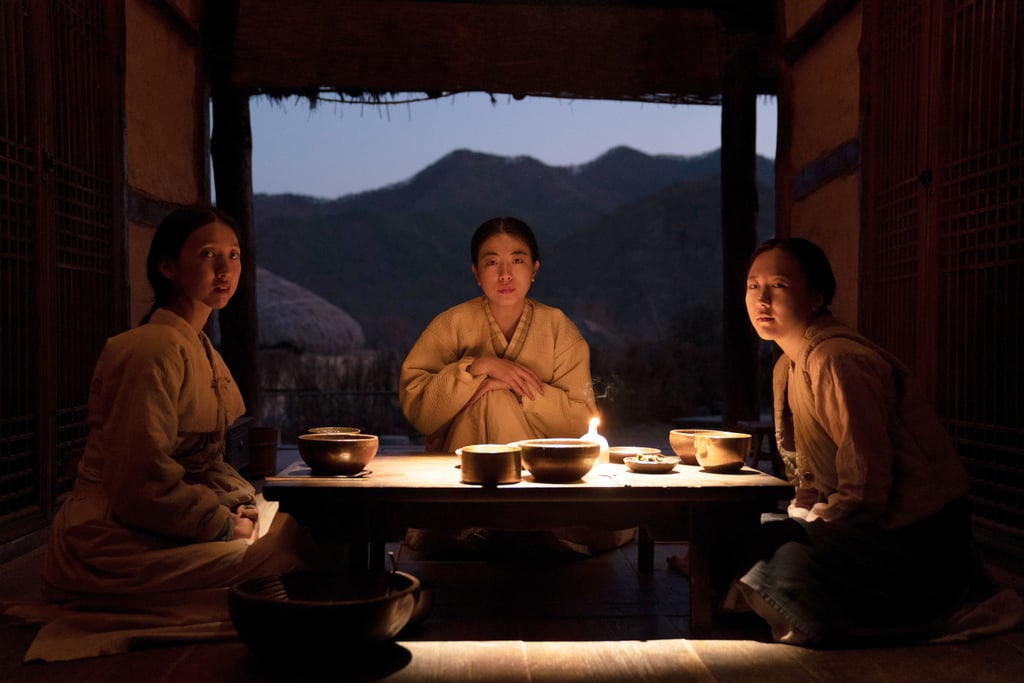
In the TV show, multiple storylines are told at the same time and oftentimes out of chronological order. The show gives viewers glimpses into Sunja's early adolescence and adulthood in the early 20th century, all the way until her elder years in the 1980s. Additionally, Sunja's grandson, Solomon (Jin Ha [3]), also endures his own struggles with his cultural identity — but this is also told in conjunction with other storylines taking place over different periods of time.
During an interview with Time [4], Hugh explained the reasoning behind the creative decision to present events out of order. "The greatest thing about film and TV is playing with time," she said. "All of a sudden, when we moved things around, the show became a thesis statement of, 'How do you have a conversation with the past? How do you, from the past's point of view, leave something indelible for the future?'"
In the book, however, the story is told chronologically. The story begins with Sunja's parents struggling to have a healthy child during the early 20th century and concludes in the 1980s when she's an old woman reflecting on her life.
The Character of Noa in the "Pachinko" TV Show vs. Book
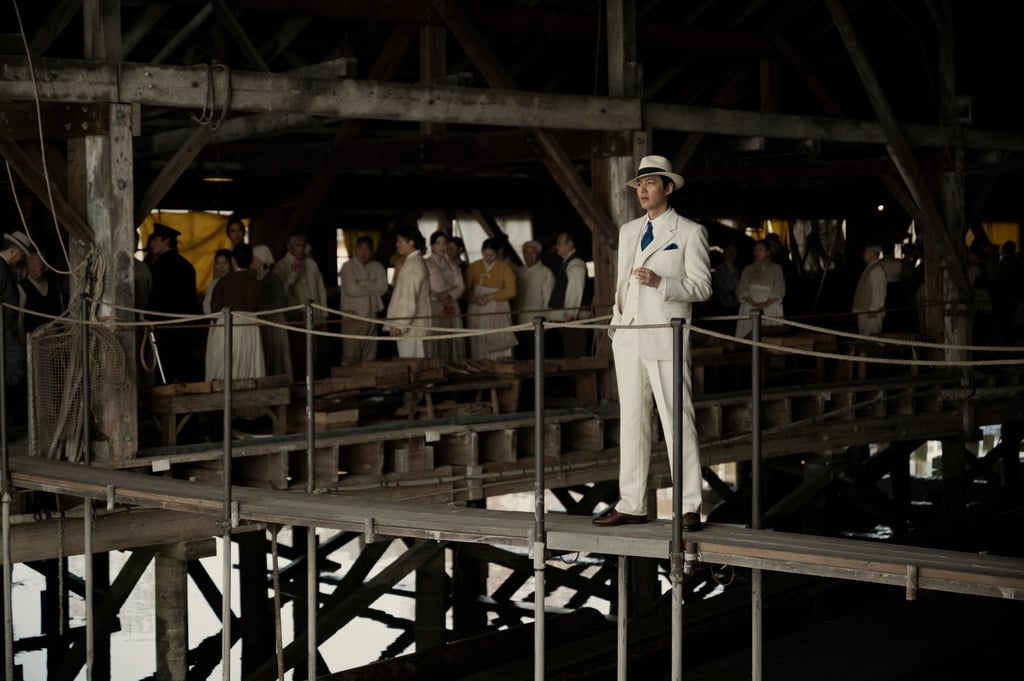
As Sunja's story unfolds in the TV series, viewers are introduced to several significant people in her life, including her son, Mozasu (Solomon's father). Mozasu is the owner of several pachinko parlors and appears to be close to both his mother and his son. So far, Mozasu is the only son of Sunja presented in the show, but in the book, she has another son.
In the book, Sunja has two children, Noa and Mozasu. Noa is the child of Koh Hansu (Lee Minho [5]), a Korean-born, Japanese fish broker whom Sunja fell in love with as a teenager.
After she reveals to Koh that she's pregnant, he tells her he's married and offers to take care of her, but only as his mistress. Sunja rebukes his offer and instead marries a kind but sick minister named Baek Isak, who vows to embrace Sunja's son as his own. Along with Noa, the two have one child together, a boy named Mozasu.
Solomon's Love Interest in the "Pachinko" TV Show vs. Book
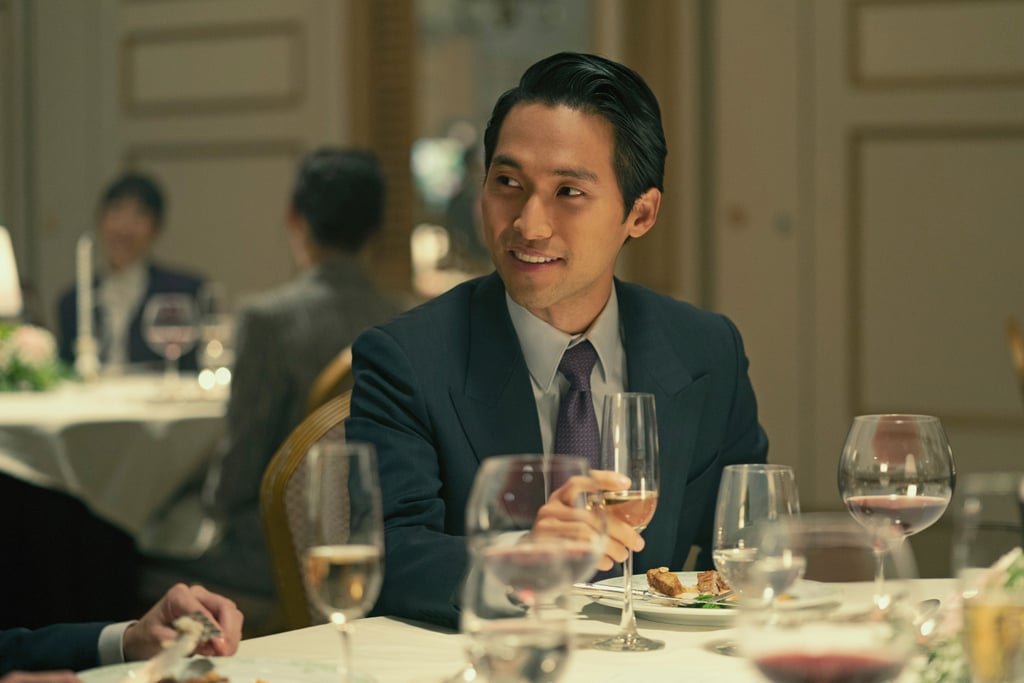
Solomon's story in the series shows his struggle to be taken seriously in his career while also highlighting the differences between him and his grandmother's generation. Another aspect the series explores is the rekindling of an old love interest, Hana.
Hana is referenced multiple times in the series, first in an interaction between Solomon and Etsuko (Mozasu's girlfriend and Hana's mother). In this tender scene, it's revealed that Solomon loved her and still thinks about her even though she's missing. Throughout the series, Hana calls Solomon at work from an undisclosed location, and the two keep in touch through brief phone calls.
While Solomon is single in the TV series, in the book, he's in a committed relationship with Phoebe, a Korean American whom he meets while attending Columbia University. Despite their serious relationship, the couple ultimately break up after relocating to Japan.
Hansu's Characterization in the "Pachinko" TV Show vs. Book
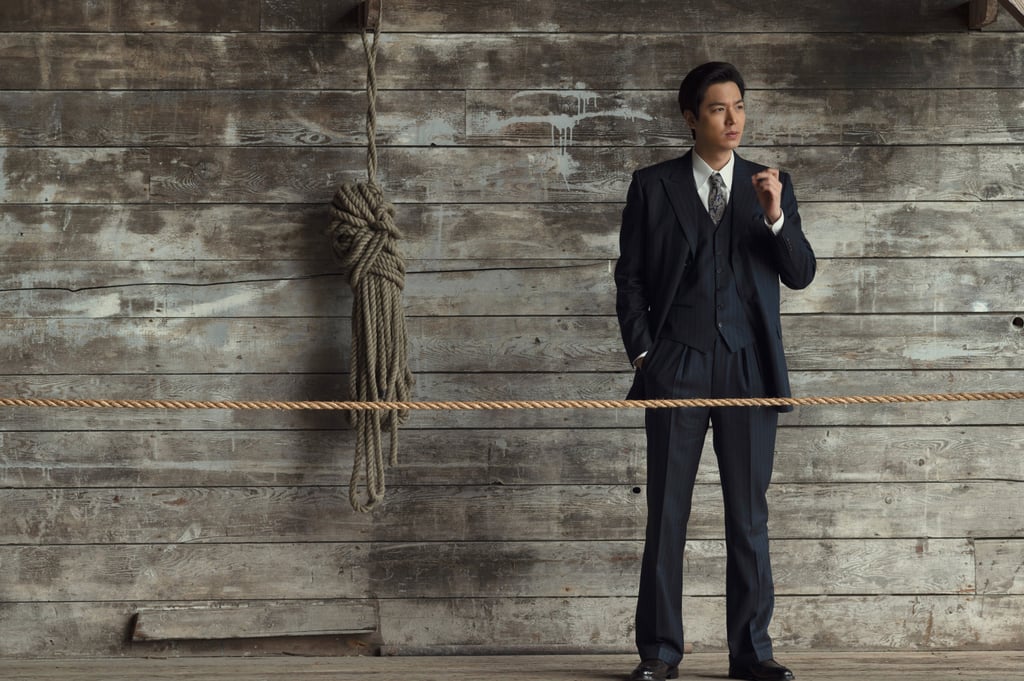
In the TV series, Sunja meets Koh Hansu, a fish broker who often frequents Sunja's town of Busan. Hansu is a respectable man, and both fishermen and merchants take him very seriously. Sunja and Hansu first lock eyes at her village's market, but they don't get to know each other until Hansu intervenes when Japanese boys attempt to sexually assault her at the market.
After this event, Sunja and Hansu form a relationship, and Hansu opens up to Sunja about his poor upbringing, his dreams, and life in general. He's characterized as tender and loving at first, but after Sunja reveals she's pregnant, he acts cold and controlling of her.
The book paints a different picture of Hansu. Rather than their relationship blossoming from an emotional connection, it's formed by Hansu's persistent pursuit of Sunja. The book presents Hansu as a man who's aware of his power and influence over others. He uses this to woo Sunja, pressuring her into caving into his romantic advances.
Sunja's Storyline in the "Pachinko" TV Show vs. Book
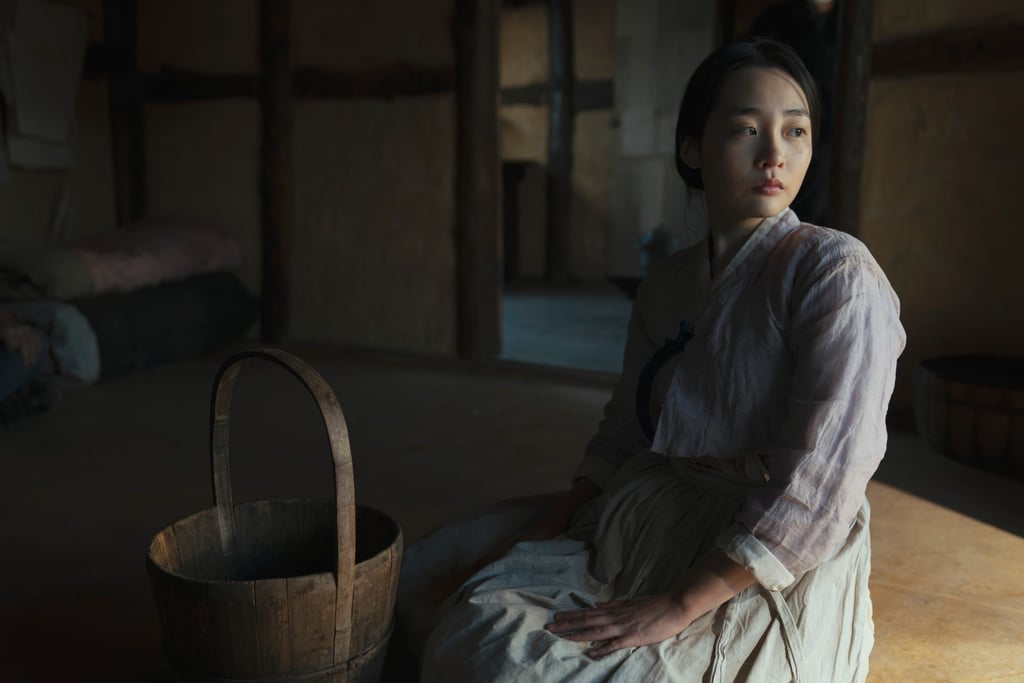
In the TV series, Sunja's life as a young adult is examined in great detail. From losing her father and helping her mother tend to their boardinghouse to getting pregnant and leaving for Japan, the subtle details throughout this storyline add more nuance to Sunja's position in the world. Furthermore, these events help examine her roles as a daughter, lover, mother, and immigrant.
While Sunja's youth is explored in the book, it's not as detailed as in the series. In the "Pachinko" book, Sunja's adult life is more prominent in the story as she tries to assimilate into Japanese culture and work relentlessly to provide for her two sons.